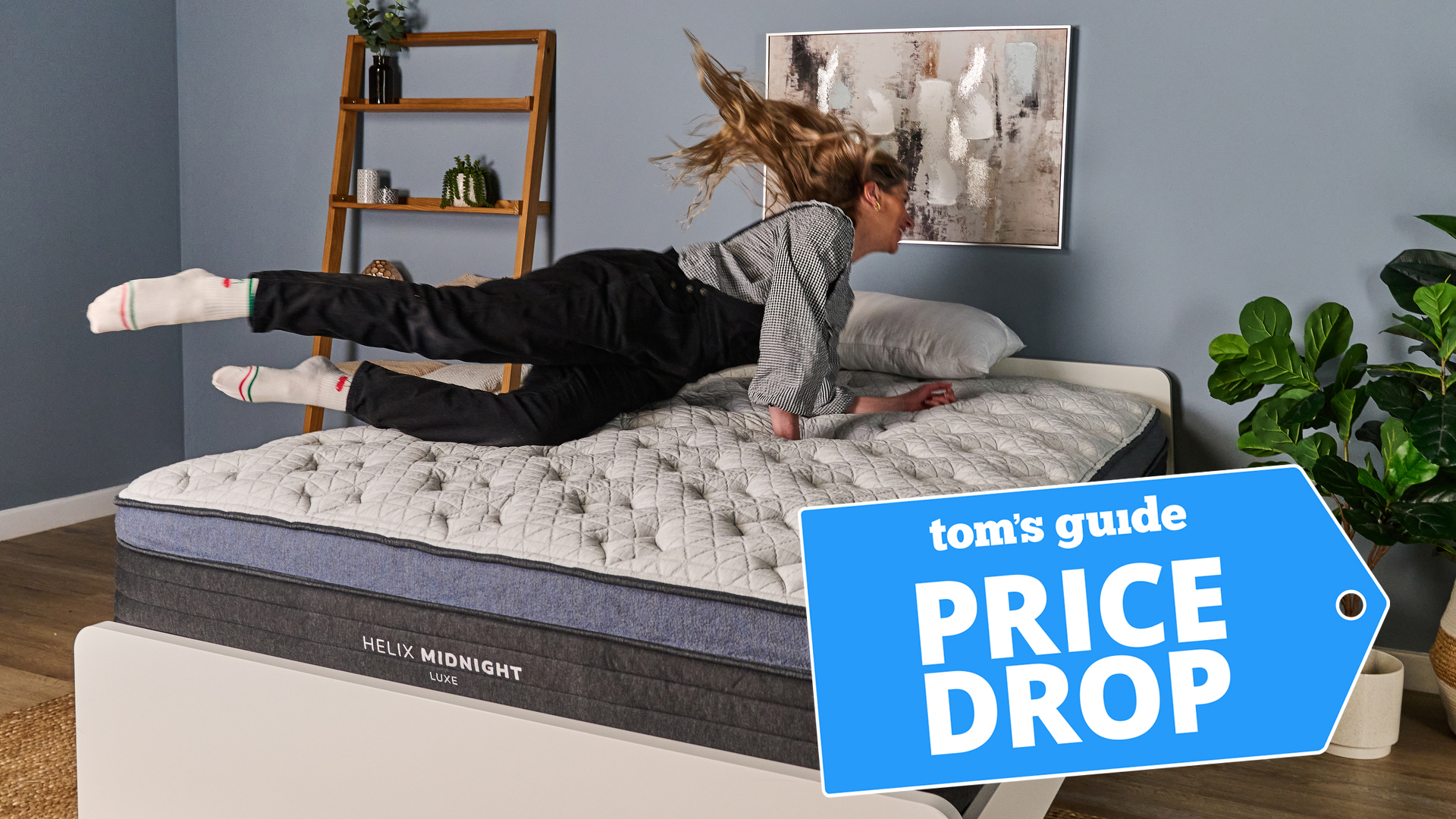How to get rid of mold and stop it from coming back
Here’s how to get rid of mold, whether it’s in your bathroom or your basement
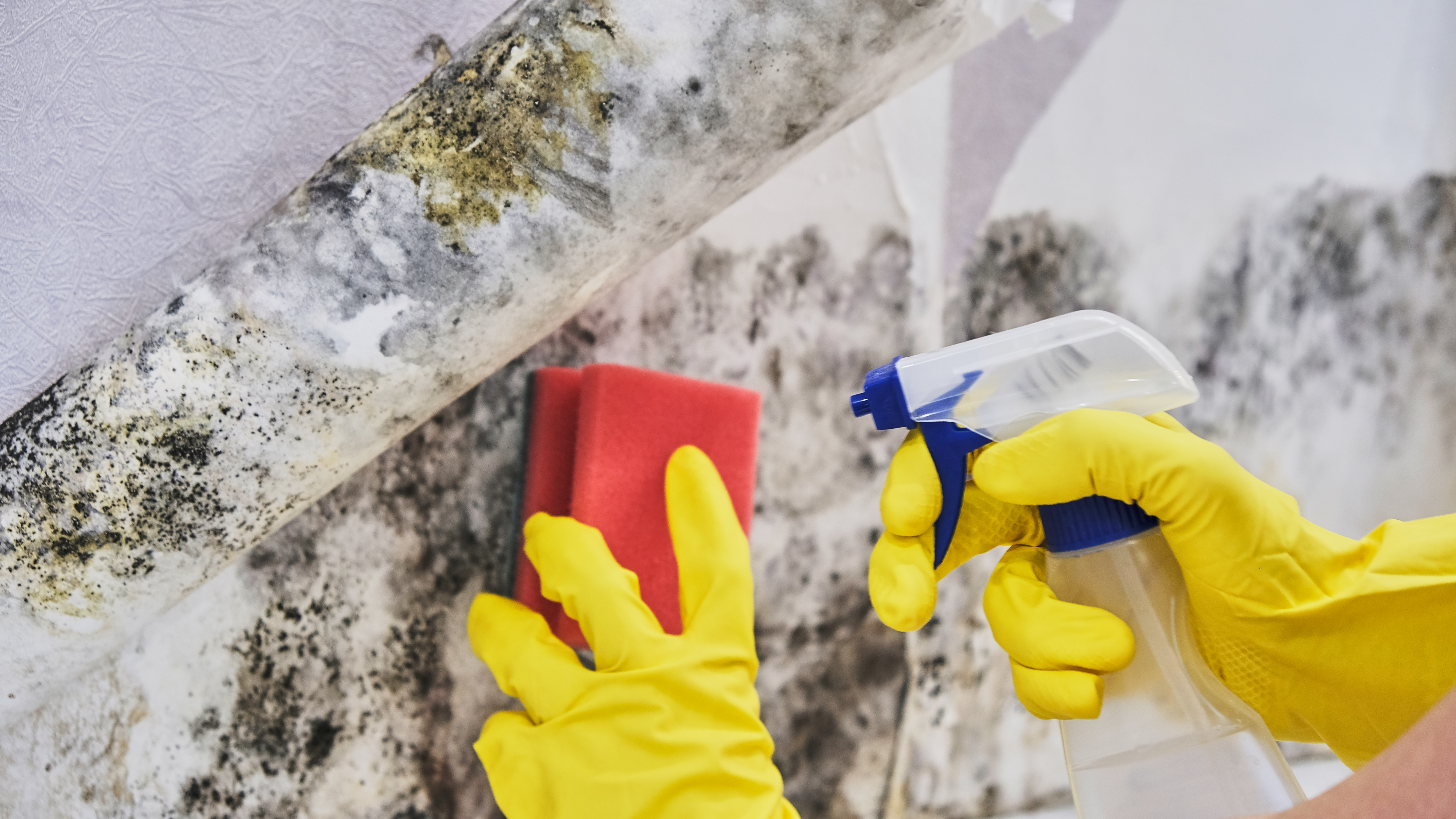
If you spot mold in your home, you'll need to know how to get rid of mold fast. If left untreated, these small black spots can spread and do some serious damage to your home, not to mention your health. This chore isn’t as simple as cleaning a glass shower door — you will need to take precautions and wear protective gear. Luckily, there are ways you can get rid of mold yourself.
Mold spores can cause allergic reactions if breathed in or touched, which is why it’s imperative that you deal with it as soon as possible. It grows in areas with high levels of moisture, such as the bathroom or basement, and can be found on all kinds of surfaces, from carpet to paint to wallpaper. If you’ve noticed unsightly mold growing in your home, don’t worry. Follow these top tips on how you can get rid of mold and stop it from coming back.
In the meantime, check out these 9 ways to prevent mold in your home. Plus, avoid these 5 mistakes you’re making when removing mold.
How to get rid of mold
Mask, gloves and goggles
Dish soap or
Bleach/White distilled vinegar/Mold and mildew cleaner/baking soda
Scubbing brush
Microfiber cloth
Towels
The best way to get rid of mold will depend on what surface you’re cleaning.
Before you attempt any of the following methods though, you should first wear protective gloves, a mask and goggles. This is because the spores will travel through the air as you clean the mold.
How to remove mold from the shower

Bathroom tiles and grouting are one of the most common places you will find mold. That’s because this room is filled with moisture on a daily basis.
You can scrub the mold away using dish soap, warm water and a scrubbing brush such as the Amazer Scrub Brush ($7.99, Amazon), then rinse and dry afterwards with a microfiber cloth. You can alternatively use a dedicated mold and mildew cleaner such as Tilex Mold & Mildew Remover ($18.69, Amazon).
Get instant access to breaking news, the hottest reviews, great deals and helpful tips.
If you want a more sustainable remedy, you can also use white distilled vinegar, although bear in mind this method will take more elbow grease.
How to remove mold from walls
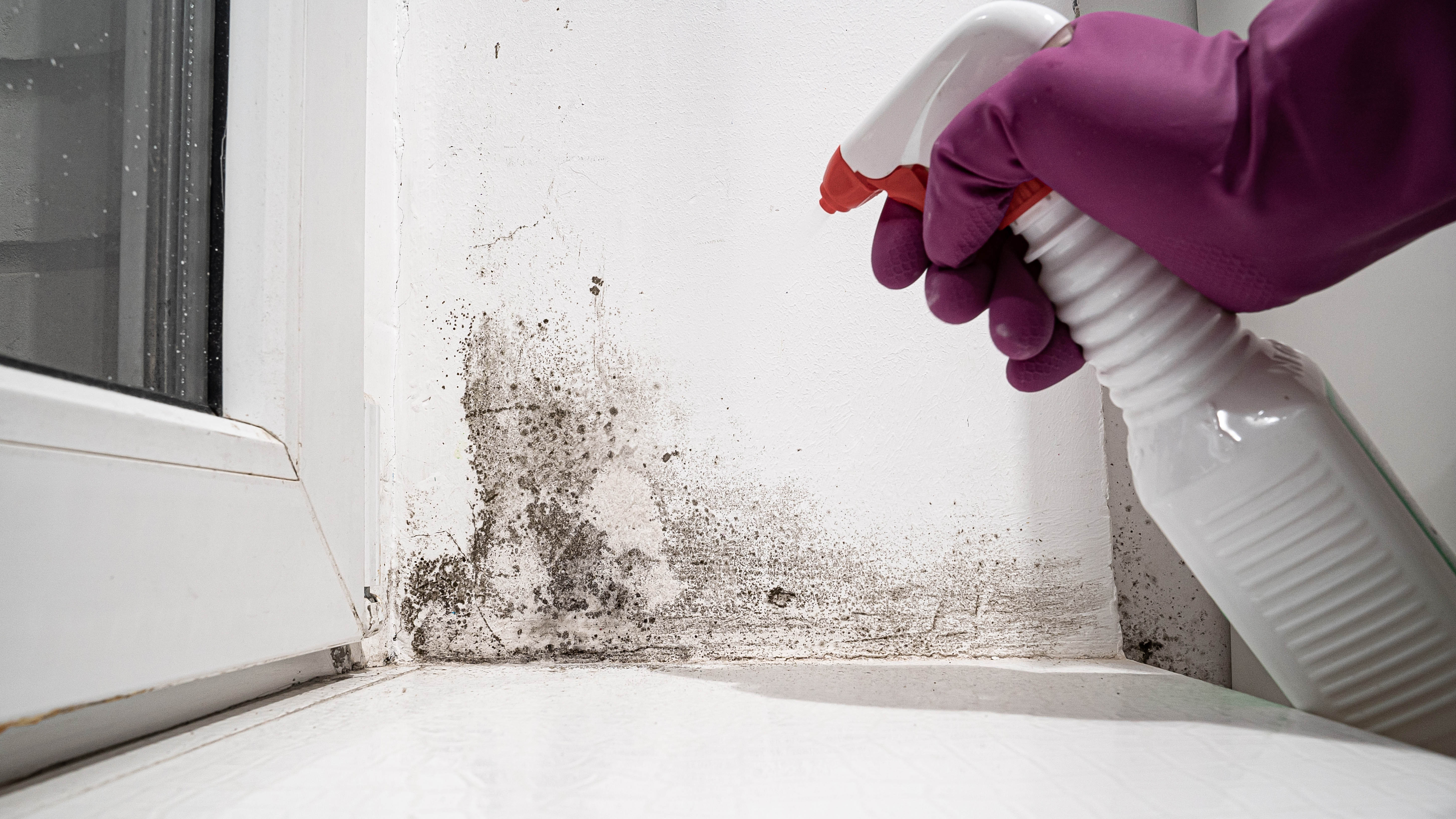
Mold can often be found on walls nearer to the ceiling or windows where a leak may have formed. If this is the case, you should get the potential leak assessed and repaired first, otherwise removing the mold will be counterproductive.
If you’re cleaning mold from plaster, you will need to use a more gentle application. Stick to dish soap and water and apply using a sponge of microfiber cloth. Don’t scrub too hard, but work in the solution as best you can. Then rinse and leave to dry.
If this hasn’t done the trick, you can also dilute baking soda and water, before letting it sit for a few minutes before rinsing and drying. Simply mix one quarter of a tablespoon of baking soda into a spray bottle of water before shaking the bottle to dissolve the baking soda. Then spray directly onto the moldy area before using a sponge or brush to scrub off the mold.
Remember, if you plan to paint over with a fresh color, you will need to wait for the wall to dry completely to prevent peeling. And if you’ve spotted mold on any ceiling tiles, then you’re better off replacing these as the surface is too porous to clean.
How to remove mold from wood
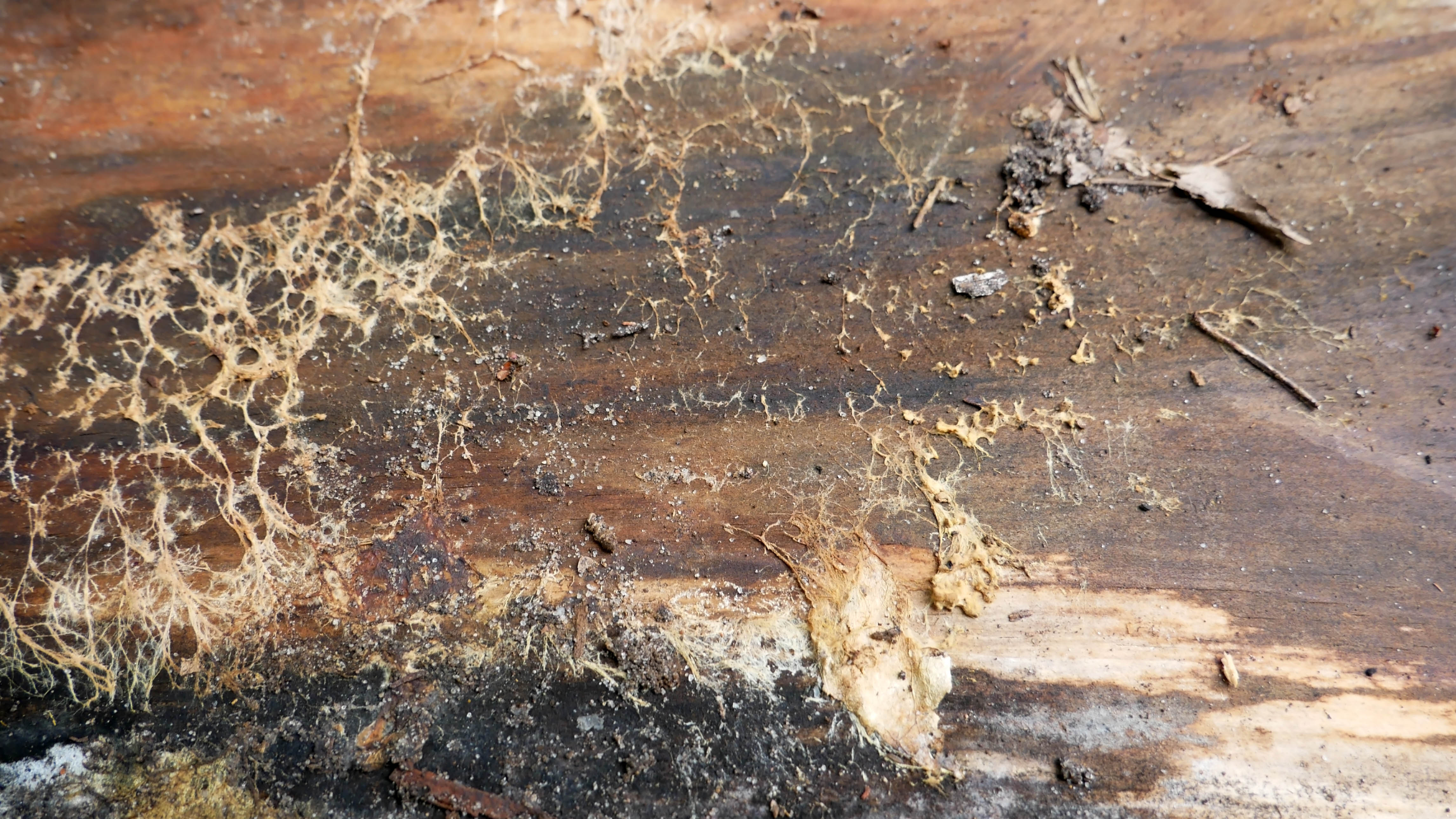
If mold has made an appearance on your favorite piece of furniture, don’t throw it away just yet. First, using the upholstery attachment on your vacuum cleaner, vacuum any loose spores from the surface.
After this, you can potentially remove the mold with a simple combination of dish soap and water. Apply the solution using a microfiber cloth and a spray bottle, but try not to saturate the surface as you do. Dry as best you can with a towel and then leave to air dry.
Diluted vinegar can also be an effective cleaner in this instance, although the wood may absorb the smell for a while. Apply using a microfiber cloth once again, then rinse with a damp cloth and leave to dry.
Do not use bleach to remove mold from wood — it will struggle to penetrate the surface, so it won't clean effectively.
How to remove mold from clothes
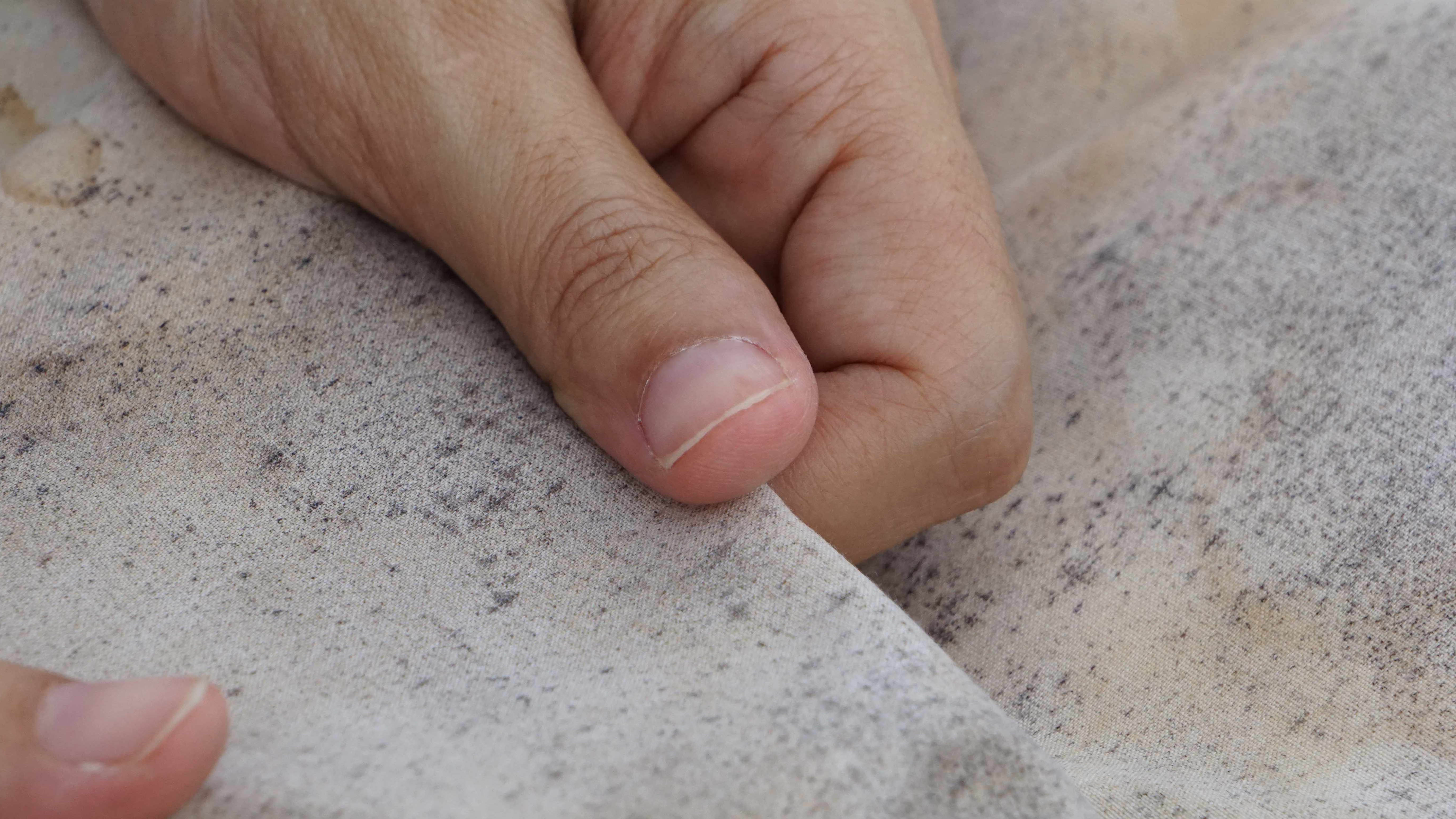
Yes, that’s right, mold can even make an ugly appearance on your clothes. It looks like small black or white spots and often crops up on wet laundry which has been forgotten about, such as damp towels.
To remove mold from clothes, bleach is your best bet. If the item is machine-washable, wash the item on the highest temperature allowed with regular detergent. You can also add a cup of vinegar or bleach once the machine is filled with water for more cleaning power. But, never combine vinegar with bleach because it releases a lethal chlorine gas. Once the cycle is finished, leave the items to dry outside in the Sun. Alternatively, transfer to your dryer.
If the item is not machine-washable, you can also hand wash or use the dry cleaners to remove mold. For extreme cases, you can leave the item to soak in hot water mixed with a cup of bleach for a couple of hours prior to machine-washing.
How to prevent mold
- Repair any leaks to stop the mold from growing back.
- Keep areas which see a lot of moisture well-ventilated by opening doors and windows. Condensation can easily lead to mold. Here are 9 ways to get rid of condensation inside your windows.
- Invest in one of the best dehumidifiers to help keep the moisture levels down.
- Clean out and repair any gutters.
- If you’re planning to apply a fresh coat of paint, add mold inhibitors to the paint to deter it in the future.
For more cleaning tips, tricks, and how-tos, check out our guides on how to clean a glass stove, how to clean painted walls and how to clean a washing machine.
Also check out the 5 houseplants that will help prevent mold in your home and how to use cat litter to reduce condensation.

Katie Mortram used to be a Homes Editor for Tom's Guide, where she oversaw everything from kitchen appliances to gardening tools, as well as smart home tech. Specializing in providing expert advice for cleaning and home manintenance, she now works as Household Advice Editor for Good Housekeeping.
